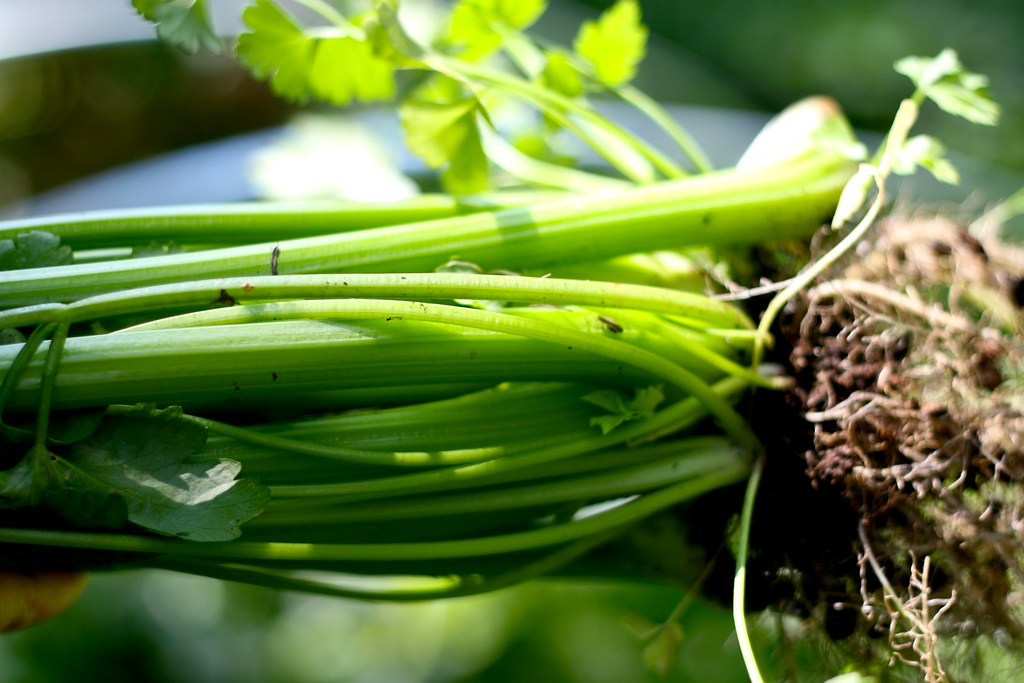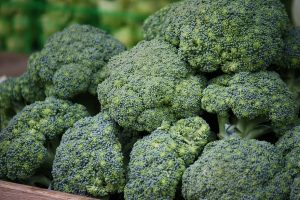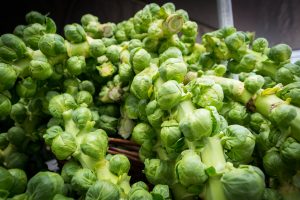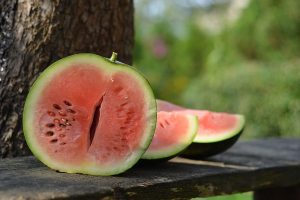
Do you love cooking with celery or want to take up gardening as a hobby? Learning how to grow celery in your own backyard or home garden is a fun and rewarding experience. This versatile vegetable is not only great for adding flavor and crunch to dishes but also has numerous health benefits. Growing celery may seem challenging, but with the right knowledge and techniques, it can be a breeze. In this blog post, we’ll provide you with all the information you need to know about how to grow celery successfully. From choosing the right seeds to providing adequate care, we’ve got you covered. So, let’s get started!
Choosing the right soil for celery
When it comes to growing celery, soil quality plays a crucial role. As discussed earlier in this blog, celery thrives in moisture-retentive, well-draining soil that is rich in organic matter. This is because celery has shallow roots that require consistent moisture, and a good balance of nutrients for optimal growth. When choosing the right soil for celery, it’s important to avoid clay or sand-based soils, as well as heavy or compacted soils, as these will not allow the fragile celery roots to grow properly. To create the ideal soil environment, consider adding compost, well-rotted manure, or a fish-emulsion fertilizer throughout the growing season. By starting with the right soil, you set your celery plants up for success and ensure they have everything they need to produce a delicious, fresh crop.
Starting celery from seed
Starting celery from seed is a great way to ensure a bountiful harvest of this delicious and nutritious vegetable. When starting celery from seed, it is important to choose the right soil and to sow the seeds correctly. Mixing celery seeds with sand before sowing can help ensure even distribution, and lightly covering the seeds with soil can promote good germination. Starting celery indoors about 8-12 weeks before the last frost date can help ensure a healthy crop, and keeping the seedlings under grow lights until they are a few inches tall can help them grow strong and sturdy. Once the seedlings are ready to be transplanted outdoors, it is important to choose an appropriate planting location, spacing the young plants properly and ensuring adequate watering and soil quality for optimal growth. By following these tips and techniques, even novice gardeners can successfully grow celery from seed and enjoy a delicious and nutritious harvest all season long.
Tips for using seed flats or pots
When starting celery from seed, it’s important to use the right containers, such as seed flats or pots. To ensure success, there are a few tips to keep in mind. First, use a good-quality seed starting mix and fill the container with the mix, gently firming it level. Sow the seeds thinly and cover them with only a slight bit of the mix. Keep the soil moist throughout the growth period and transplant the seedling twice, once indoors and once in the garden. These tips will give your celery seeds the best start possible for healthy and strong growth.
Planting celery in the garden
Once you have started your celery plants from seed and they have grown to a size of about 8-10 inches, it’s time to transplant them into your garden. To do this, choose a spot in your garden that receives at least half a day of sun, but can tolerate light shade if necessary. Remember that celery needs consistent moisture, so make sure the soil is well-drained and stays moist. If you have multiple plants, space them about 8-10 inches apart from each other to avoid overcrowding. Additionally, to help blanch your celery, you can try trenching – mounding soil around the base of the plant – or choose a self-blanching variety. Keep up with regular watering and fertilization to ensure healthy growth throughout the season.
Timing for planting and growing celery
Timing is everything when it comes to planting and growing celery. As previously mentioned, it is important to start celery seeds indoors about 10 to 14 weeks before the last frost date in your area. Acclimatizing the seedlings to the outdoors two weeks before planting will ensure they are strong and ready for the garden. But it’s not just about when to start the seeds; it’s also important to plant celery outdoors when the soil temperature reaches at least 50F (10C) and nighttime temperatures don’t dip below 40F (4C). Full sun for at least six hours is also necessary for optimal growth, and spacing the rows 2 feet apart and the plants 12 inches apart in the row will aid in tall growth and long petioles. Don’t forget to mulch around the base of the plants to retain moisture and control weeds. With these timing tips and other techniques for growing and caring for celery, you’ll be on your way to a plentiful harvest in no time.
Trenching celery vs. self-blanching celery
Celery can be grown for its long pale stalks using either the traditional method of trenching, or by using self-blanching varieties that require no extra steps. Trenching celery involves planting it in trenches and mounding soil up around the stems to exclude light and gradually blanch the stalks. This method can be quite labor-intensive, but results in large and sturdy celery stalks. Self-blanching celery, on the other hand, is much easier to grow, with no extra steps required. The stems are just as tasty, and growing self-blanching celery is a good option for those who prefer a more low-maintenance approach to celery cultivation. Ultimately, the choice between trenching or self-blanching celery will depend on the grower’s preferences and resources.
Proper spacing for planting celery
Proper spacing is crucial when planting celery. The spacing of your celery depends on the variety you are planting. If you are planting celery in rows, space each plant 6 to 10 inches apart and have 12 to 24 inches of space between each row. Another option is to plant celery in a block, with each plant spaced 9 inches apart in each direction. This method creates shading, which helps to blanch the celery. If you are growing celery in a square foot garden, the ideal spacing is four plants per square foot. Remember to water thoroughly and ensure good soil quality to facilitate the growth of your celery. By having the correct spacing, you are allowing each plant full access to the necessary nutrients, leading to a more successful and abundant celery harvest.
Importance of watering and soil quality for celery growth
Proper watering and soil quality are key factors in growing healthy and flavorful celery. Consistent watering is extremely important, as the soil should never be allowed to dry out. Celery requires moist, well-drained soil that is also rich in nutrients and organic matter. If planting in a container, it’s important to choose a high quality, organic potting soil that will provide the necessary nutrients. Mulching around the celery plants can also help retain moisture in the soil and prevent weeds. By paying attention to the watering and soil quality, you can ensure that your celery plants grow strong and produce a bountiful harvest.
Harvesting and storing celery
After months of patiently growing celery, it’s finally time to harvest and store your crop. The best way to harvest celery is to remove the stalks as you need them by cutting them off at the base. This way, you can maximize the number of stalks you can harvest, and the plant will continue to produce new growth. Remember to wait until the stalks are at least 8 inches tall before harvesting. Once you’ve harvested all the celery you need, you can either store it in the refrigerator for up to several weeks, or you can store it long-term by placing the stalks in a shallow glass bowl or jar filled with enough water to submerge the root end. Keep the bowl in a cool, dark place like a pantry or root cellar. With proper storage, you can have fresh celery on hand for up to 18 months.
How to use mulches for growing celery
When it comes to growing celery, using mulches is a smart move. Mulching after planting helps to retain moisture in the soil, which prevents celery from drying out and becoming tough or stringy. Additionally, mulching can help suppress weed growth, which can compete with your celery plants for nutrients and water. When using mulch, make sure to keep it several inches away from the base of the plants to prevent rot or disease. Celery prefers organic mulches, such as straw or leaves, which will also help to improve soil health over time. By using mulches in your celery garden, you can support healthy growth and ensure a bountiful harvest.






